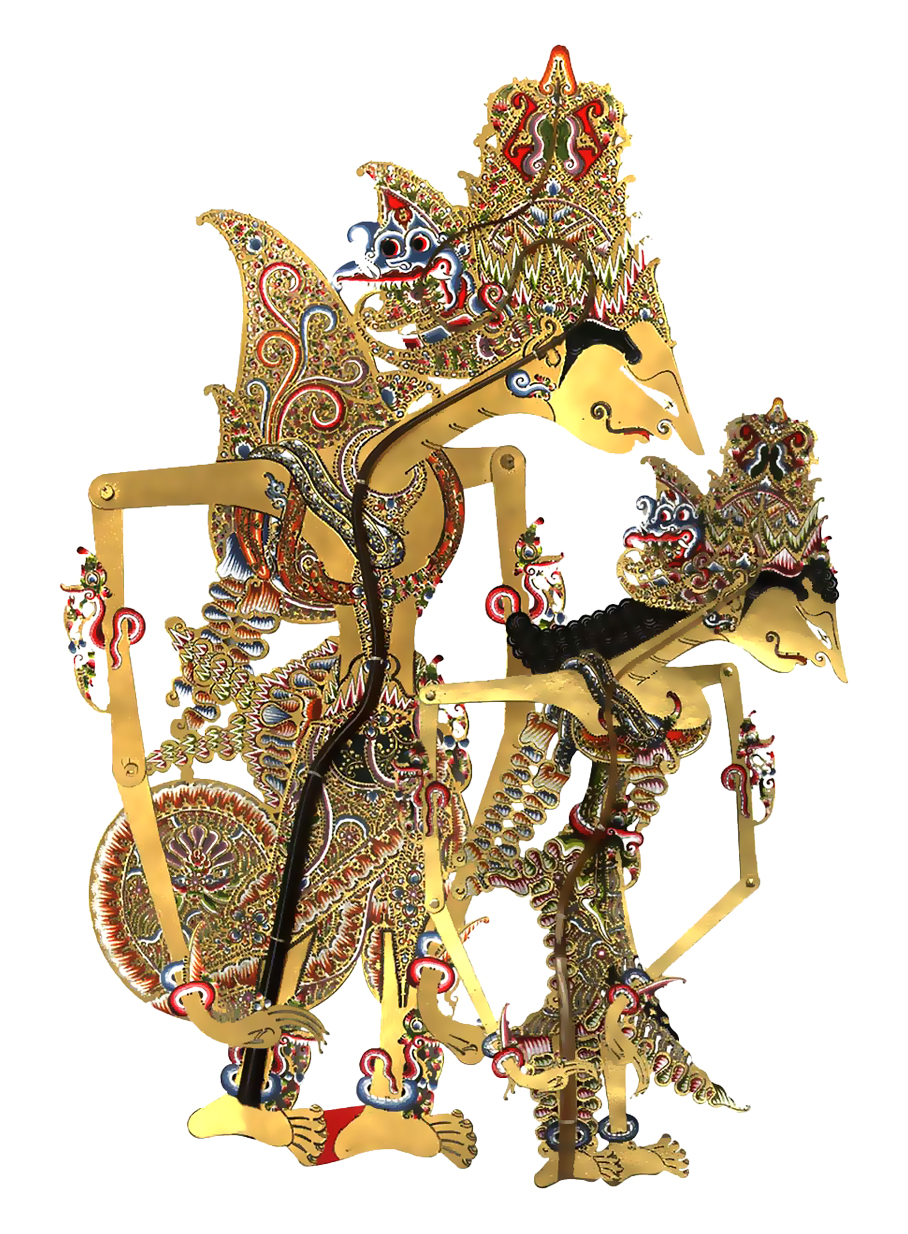Wayan Rindi aspirant art of dance is known for his ability to compose and preserve the art of dance through learning on future generations. One was recorded in a variety of images during the active life teaches a variety of dance, including Pendet on family lineage or outside the family. According to his youngest son, Sutapa Ketut, Wayan Rindi modify Pendet sacred to welcome Pendet now claimed Malaysia. Rindi create this Pendet around 1950. Although modified, but all elements of fashion and dance movements still refers to the norms of typical Balinese art known and dynamic.





 21.48
21.48
 Nasrul Umam
Nasrul Umam













